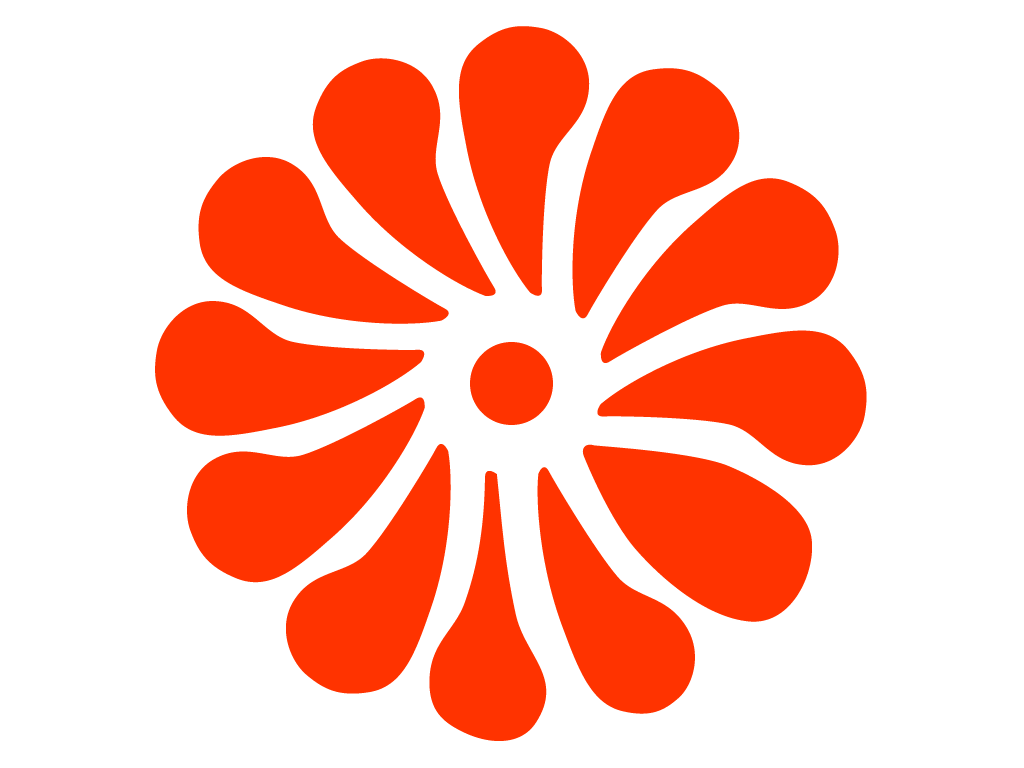Unveiling the Beauty of Iris ensata: The Majestic Japanese Iris
Iris ensata, renowned as the Japanese Iris, Japanese Flag, Sword-leaved Iris, Japanese Water Iris, or its Japanese name Hanashōbu (花菖蒲), captures the imagination with its vibrant presence. Formerly known as Iris kaempferi, this stunning flower belongs to the esteemed Iridaceae family. Its diverse aliases pay homage to its cultural significance and captivating attributes.
Natural Origins: A Journey Through Japan and Beyond
Native to Japan, China, Korea, and Russia, Iris ensata thrives in boggy or marshy habitats, particularly in low-acid soils. This rhizomatous herbaceous perennial flourishes in environments characterized by an abundance of water. Embracing the resilience of its natural origins, the Japanese Iris demonstrates its ability to withstand temperatures as low as -4ºF or -20ºC, standing as a testament to its hardiness.
A Long-Awaited Introduction: A Transcontinental Journey
While Iris ensata has been cherished for centuries in Japanese culture, it made its way to the Western world only in the 19th century. This captivating flower captivated the hearts of gardeners far and wide, introducing a touch of Japanese elegance to landscapes beyond its native shores.
Stature and Foliage: A Graceful Presence
Standing tall at approximately 90cm or 3ft, Iris ensata commands attention with its striking height. Its distinctive sword-shaped foliage, tinted in medium green, adds an enchanting element to its overall allure. The architectural elegance of its leaves draws parallels to the name ensata, paying homage to the resemblance of a sword.
Summer Symphony: Blossoms and Colors
In the summer months, Iris ensata bursts forth with a display of mesmerizing bluish-purple flowers. Gracefully adorning tall stems, each stem often boasts one or two captivating blossoms. While this beardless Iris lacks the typical beard seen in other Iris species, it compensates with a vibrant yellow stripe delicately embellishing the falls, the bottom petals of the flower. The harmonious combination of hues makes the Japanese Iris a true visual spectacle.
Cultivation of Iris ensata:
Sunlight: Cultivate Iris ensata in a sunlit or partially shaded location, allowing it to bask in the warmth of the day.
Watering: Provide Iris ensata with regular moisture, particularly during its growing season. It thrives in humus-rich, moisture-retentive soil.
Soil: Plant the Japanese Iris in slightly acidic soil that is well-drained and rich in organic matter. A loamy soil composition is ideal for its growth.
Pests and Diseases: Iris ensata is generally resistant to pests and diseases. However, keep an eye out for potential threats from slugs and snails, and take necessary precautions to protect the plant.
Propagation: Propagate Iris ensata through division during the autumn season. Plant the rhizomes approximately 2 inches or 5cm deep to ensure successful establishment.
A Bewitching Warning: Poisonous Beauty
As with many irises, including Iris ensata, it is crucial to remember that all parts of the plant are toxic if ingested. To ensure the well-being of humans and pets, exercise caution and avoid consumption of the plant.


Also, read Iris wilsonii, Iris Bulleyana, Iris Milesii




